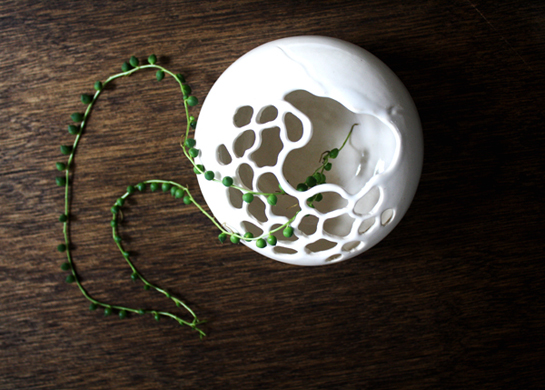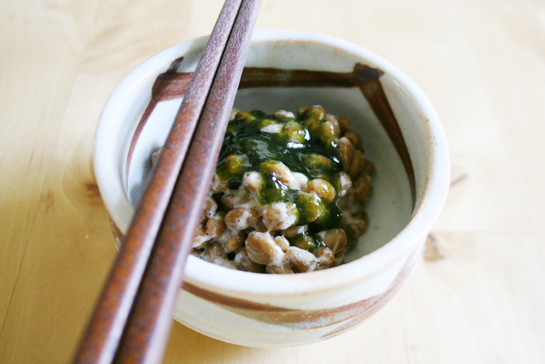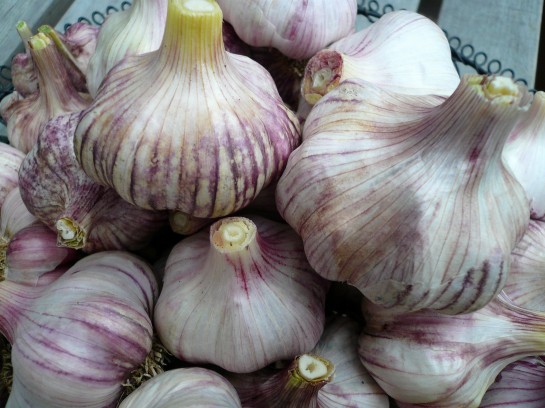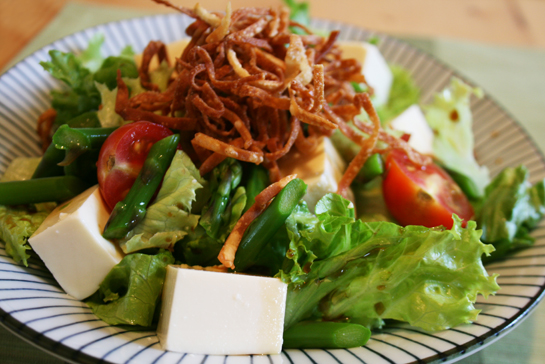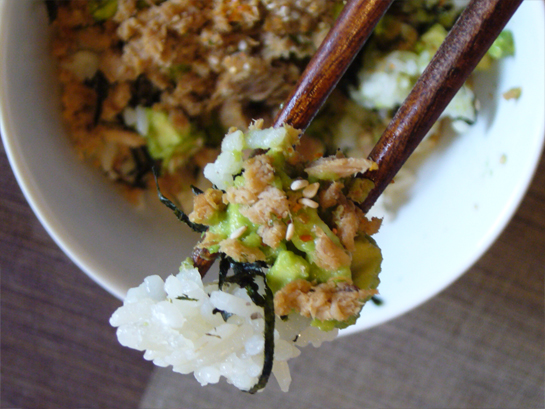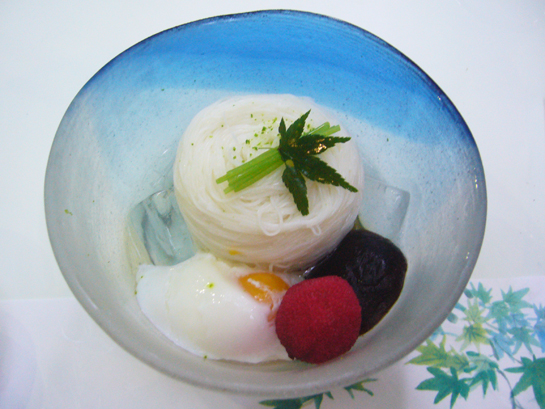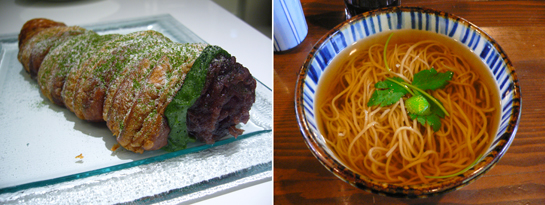I’ve been drooling over the kitchen and tableware products at Merchant No. 4. The hook was a beautiful limited-edition ceramic vase I saw on Design Milk by Japanese artist Emogayu. Sadly, this piece is sold out, but exploring the site was like being a kid in a candy store. I want it all!! The wood/glass canisters, Acacia wood measuring spoons, Molecule Dish, and Kami Cup are all high on my wish list.
I like Merchant No. 4’s modest selection of products. No need to search page after page to find a beautiful must-have. Everything on this site is a composite snapshot of things I’d want laying around my kitchen. Figures, since their tag line isn’t Design Objects We Kinda Like, but Design Objects We Love. This is a very carefully curated group of objects with a strong focus on materials and simple forms. Forget my wish list, I’d be happy to take home anything from Merchant No. 4.


